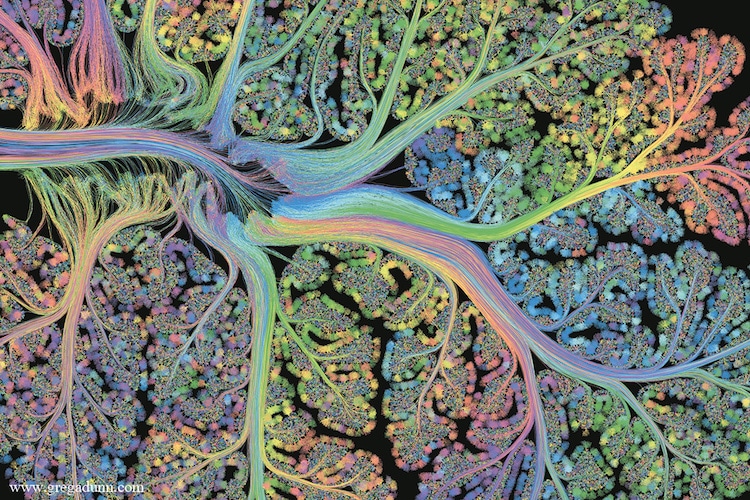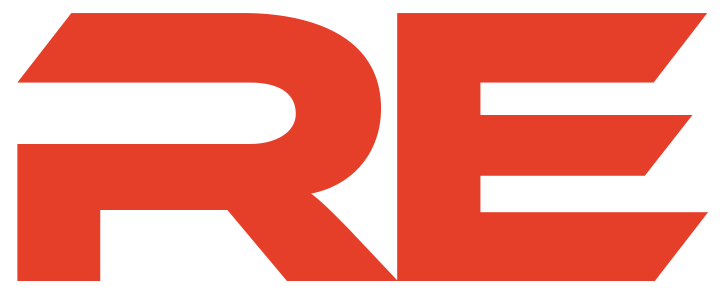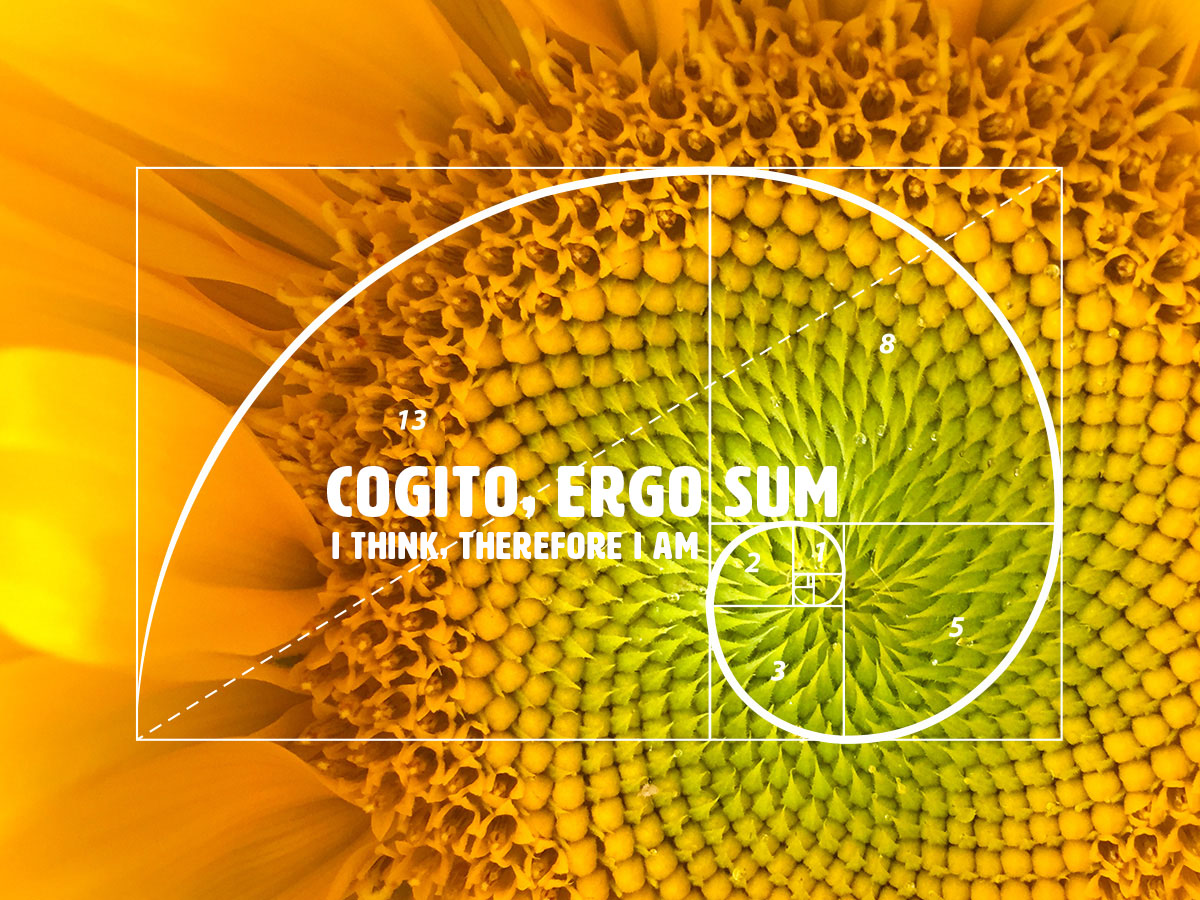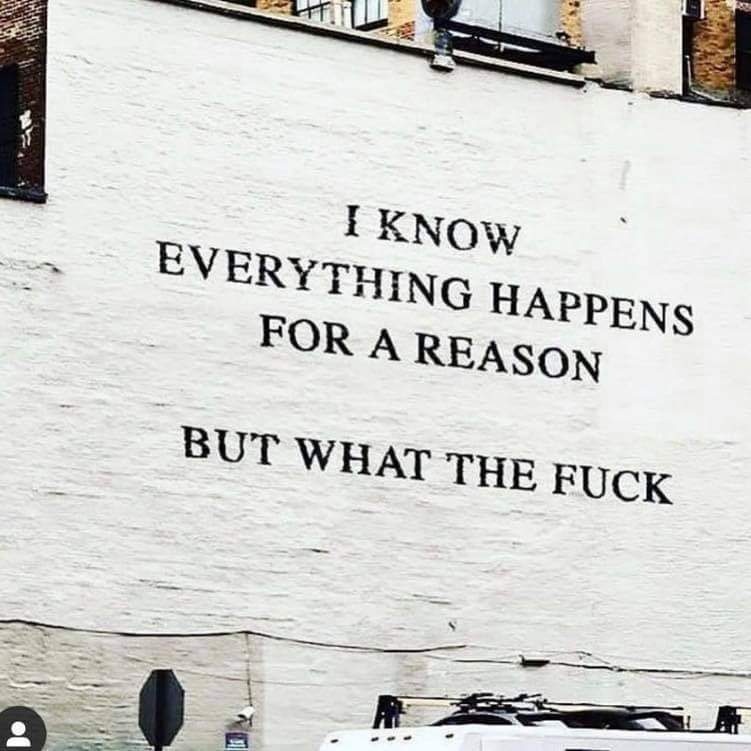Behind the Process: The Big Rethink
Nietzsche is dead. The universe is alive.
Over the past 50 years, we’ve wrapped the globe with our minds through information technology.
The internet of things (IoT) already consists of billions of sensors. Virtual and augmented reality, robotics, geospatial positioning, and more are now forming a global nervous system - it has been called a global brain. When we think of the process as now becoming embedded in a hyperdimensional technological matrix it becomes a totally new thing. An emergent reality; a birthing process, a dying process, an economic process, an alchemical process, and potentially an emergent process of the collective mind and soul. A process that includes the wakeful, the dreaming and the stillness of deep dreamless sleep. Is stillness a process? Is there anything that isn’t a process?
All processes on the internet are made of information. This is an obvious statement - it’s information technology after all. At its most basic level, the computers making up the Internet only process binary code, that is units of 0s and 1s or on/off statements. The results of that simple action happening hundreds of trillions of times per second creates the global system. Building on binary code programmers use coding languages to create programs and billions of programs are running on the Internet at any given time. We often think of the Internet as one thing, everything on the Internet is interconnected.
Systems science is adding to the understanding that everything consists of processes nested within processes. At every level each complex adaptive system commands its own unique identity, this is called a holon. A holon is something that is simultaneously a whole in and of itself, as well as a part of a larger whole. In other words, holons can be understood as the constituent part–wholes of a hierarchy. From a systems perspective, this approach can begin to offer a unified understanding of information as the foundation of reality.
Old systems and processes are falling apart and chaos seems to reign. Sensemaking is a tool allowing us to seek an understanding of what is going on from a structured process and methodology. Processes change, we are in a Phase Shift, a bifurcation of the complex adaptive process of reality itself. To successfully navigate these times a paradigm shift of worldview is happening to accommodate the metamorphosis we are experiencing. Culturally this can appear as a new Enlightenment at the forefront of the intelligentsia and cultural creatives. Socially and environmentally this time in history is not like anything that has ever happened before.
When complex adaptive systems reach a high level of complexity they may change forms completely. This is known as bifurcation or a phase shift the outcome of which can not be predicted by anything that has happened before.
I was born shortly after televisions started appearing in American homes. Phonographs and radios had already been bringing the outside world into people's homes for the first half of the 20th Century. Now television brought theater into people's homes. Even with small round tubes as screens and limited program choices, it was a profound revolution.
I’m an information technologist and an anthropologist. Having started my career in multimedia with a degree in cultural anthropology I’ve had the opportunity to work informed by Marshall McLuhan’s The Medium is the Message theory. Through my work, I’ve been able to see firsthand the inner workings, motivations, and myths of dozens of global organizations. I’ve also gained a deeper understanding of the depths of Information Technology as an organic emergent aspect of evolution. McLuhan introduced the concept of hot and cold media. Cold media are extending one sense in low definition and requiring high participation. The photograph, the radio, and typography are examples of hot media while cartoons, the phone, ideography, and speech are examples of cold media. ... visual space, uses visual senses, but can immerse its reader). Fifty years ago McLuhan was inspired by the shift from books and printed material to a world consisting primarily of broadcast information.
This is the perspective from which I’m trying to make sense of what’s going on. Rethinking what’s going on, researching, exploring and finding a world filled with others who are also exploring and experiencing the Emergent.
Philosopher Terrence McKenna said, “We have one foot in matter and one foot in hyperspace.” when describing the implications of technology and the information revolution. With these two feet we are now walking a new evolutionary path. The big problem is we don’t know where we came from or where we are going. Our old worldviews are falling apart, old beliefs are being shattered. Scientific materialism and reductionism are now giving way to a more comprehensive understanding of existence to include complex systems sciences and a nondual perspective.
Globally Connected Intelligence
When the internet first came into existence there was tremendous hype around how profound its impact would be on society. The Internet was hailed as the greatest step forward since the printing press. Since its inception the internet has already radically transformed how we do business and has empowered a virtual Tower of Babel giving anyone with internet access a global platform to pontificate or lie. The Internet is a myriad of processes but it can hardly be called a trusted process.
Blockchain and distributed technology are tools that can add a layer of transparency and trust to a system currently filled with noise. New economic models are rapidly emerging that are environmentally and socially responsible. While the Internet has radically changed how we communicate, we are only now on the verge of experiencing its potential. Next generation 6G networks are already being planned - estimates have it around 100 times faster than 5G. With 6G speeds like that you could download 142 hours of Netflix movies in just one second. This technology will fully empower the Internet of Things, the Internet of Money, mirror worlds, and the emergence of what Peter Russell has called the Global Brain. This emerging technology appears to be a reflection of something that already exists in nature. Is the Internet a form of biomimicry itself?
Cogito, ergo sum
Cogito, ergo sum is a philosophical statement that was made in Latin by René Descartes, usually translated into English as "I think, therefore I am"... As Descartes explained it, "we cannot doubt of our existence while we doubt." We certainly have a lot to doubt these days with societal and environmental breakdown seeming to confirm our mistrust of the process.
I am that I am is a common English translation of the Hebrew phrase אֶהְיֶה אֲשֶׁר אֶהְיֶה, – also "I am who I am," "I will become what I choose to become," "I am what I am," "I will be what I will be," "I create what(ever) I create," or "I am the Existing One,” Each individual consciousness can be considered a node of a self-reflective universe looking back at itself.
Just as the only truth we can be certain of is our own individual existence, the only element of our perception we can be certain of is that everything is made of information. A comprehensive approach to Information Technology is now extending to exploring and understanding information’s evolutionary drive at a fundamental level. Information theory is the scientific study of the quantification, storage, and communication of digital information. “The theory has ... found applications in neurobiology, perception, linguistics, the evolution and function of molecular codes (bioinformatics), thermal physics, molecular dynamics, quantum computing, black holes, information retrieval, intelligence gathering, plagiarism detection, pattern recognition, anomaly detection, and even art creation”.
The Web of Life
In parallel with the development of the Internet, biologists have come to understand that an internet-like underground network of mycelium fungi serves as the fundamental connective network and nervous system of forests and the environment. All life on earth is descended from this network, it informs nature and the environment, it lives on decay and regeneration, it is the largest living organism on earth and only very recently has modern science discovered our deep and living connection to this amazing ancestry. The growth and evolution of the mycelium network takes place as complexity grows through the ongoing emergence of self-similar fractal patterns. In strands as thin as 1 cell wide, this network grows in an Internet-like structure feeding, defending, communicating, and informing life on and below the land. This is the living organic Internet of life to which we are all connected.
As our understanding of the mycelium network grows we are presented with the interconnectedness of reality and new perspectives based in science that each sentient being actually is the ‘center’ of a multidimensional cosmos in which consciousness is fundamental. We are gaining the insights into mind and reality that have opened the doors to new ways of rethinking.

Photo Credit: Greg Dunn and Brian Edwards. The laminar structure of the cerebellum, a region involved in movement and proprioception (calculating where your body is in space)
What are We?
We are a complex system of cells and microorganisms that demonstrate coherence. Trillions of individual cells somehow work together to create a unique identity. This pattern is reflected at every level of perceived reality and is called a holon. A holon is a complex system that also simultaneously has a unique identity. Atoms consisting of subatomic particles are holons, so are molecules made of atoms, as are cells made of molecules, and life forms made of cells. Developmental biologist Bruce Lipton tells us that the ‘brain’ of each cell is its membrane, the outer layer that interacts with the cell’s surroundings. At the atomic level the characteristics of information exchange are identical in both biological cells and computer chips. Bruce Lipton tells us, “Your body is the cooperative effort of a community of 50 trillion single cells”.
Imaginal Cells
There is nothing in a caterpillar that tells you it's going to be a butterfly.
―R. Buckminster Fuller
Bruce Lipton has written a profound introduction to imaginal cells.
To better understand the opportunity hidden in today’s crises, consider the tale of another world in transition. Imagine you are a single cell among millions that comprise a growing caterpillar. The structure around you has been operating like a well-oiled machine, and the larva world has been creeping along predictably. Then one day, the machine begins to shudder and shake. The system begins to fail. Cells begin to commit suicide. There is a sense of darkness and impending doom.
From within the dying population, a new breed of cells begins to emerge, called imaginal cells.(aka YOU!) Clustering in community, they devise a plan to create something entirely new from the wreckage. Out of the decay arises a great flying machine—a butterfly—that enables the survivor cells to escape from the ashes and experience a beautiful world, far beyond imagination. Here is the amazing thing: the caterpillar and the butterfly have the exact same DNA. They are the same organism, but are receiving and responding to different organizing signals.
That is where we are today. When we read the newspaper and watch the evening news, we see the media reporting a decaying caterpillar world. And yet everywhere, you and other human imaginal cells are awakening to a new possibility. We are clustering, communicating, and tuning into a new, coherent signal of love.
We have reached a tipping point. A unique aspect of this shift is that humans themselves have impacted the environment toward collapse while at the same time having developed the tools to transition into a new future. Is humanity ready to grow into that butterfly?
The Tree is in the Seed
There are fractal codes containing the laws of creation and the more we understand these laws the more we can apply the harmony that is apparent in nature as a more powerful force in our own lives. Consciousness is at the root of evolution, humanities consciousness will have to adapt to this extraordinary point in history if we hope for a brighter future on the other side of this great transformation.
According to Darwinian evolutionary theory, the most adaptive are the most successful. Species that can adapt to times of crisis survive - the less adaptive don’t. Looking through history we can see that every previous empire has collapsed. Never before has the collapse of an empire had the interconnected global dependencies that are likely to also collapse the global environment. Reports from the United Nations and other sources are warning of a global collapse of civilization by mid-century,. How can we trust the process?
The industrial revolution along with the scientific method was developed over 200 years ago and brought with them a reductionist view of a mechanical universe, a clockwork universe, a paradigm carrying the notion that the universe is essentially mechanical with life and consciousness somehow mysteriously emerging out of matter. New scientific understanding along with holistic systems-based approaches now offer a much deeper and broader perspective to view the world from. The reductionist model allows us to explore the mechanical detail, while the systems model aims to understand how all the pieces work together as a whole.
As this new perspective comes together we find ourselves at the center. A new paradigm embracing consciousness as primary in an evolving universe.
The universe is consciousness, and it is through consciousness that mechanical objects and movements are perceived to exist. Consciousness cannot be found in the brain because the brain is simply a mechanical system being perceived via our consciousness.
The medium is the message and information creates the process. We can only trust the process if we can trust ourselves.




